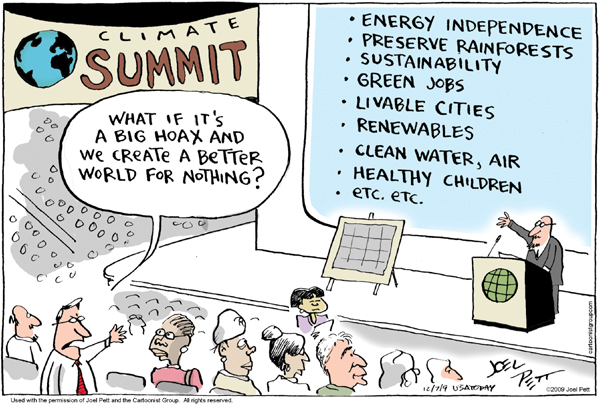My first exposure to China’s climate policy position was at COP 17 in Durban, So. Africa. There I asked a Chinese delegate if shale gas would be in the mix of transition fuels to wean China off coal in order to ameliorate the air pollution which continues to be a major contributor to a growing public health problem in eastern China. His response was that shale gas was a minor resource in China and that coal would continue to be a major player in energy production. Clearly the implication was that China was not interested in resolving the air pollution that chokes major cities as much as the continuation of the pace of economic development that was rapidly bring China into the 21st century as a developed nation. This was not what I was hoping for at a climate change conference.
What a difference three years makes! Since COP 17 and over the past year I have spent a month exploring Yunnan Province in southwestern China looking at sustainability efforts through alternative energy and climate change effects on agriculture and water availability. While you see the reason their CO2 emissions are so high (construction of high rises with no tenants, multi-lane highways to small towns, and long rail and highway overpasses to avoid farmers fields and the energy needed to build all this) even in the relatively cleaner western parts of China, there is a sense that this pace of development is not sustainable if for not other reason then the environmental degradation it is causing to some very beautiful landscapes. Moreover a lingering drought has this mostly agrarian part of China reeling from lack of rain especially for rice production. Climate change may be taking hold and the Chinese sense it.
So what has changed? While we are not sure exactly what the China’s strategy will be, it is clear they want to slow the use of coal to improve the air quality of the major cities at the very least. We saw lots of reasons to believe that alternative, non-fossil fuel energy is being used especially at the personal level. In the large cities and small villages as well solar hot water is the name of the game. In Kunming, the provincial capital, every rooftop has a solar water heater; even apartment buildings string a dozen or two water heaters together to supply all the tenants. Biogas has become a staple of rural energy life in place of burning scare wood. And government officials at the local level are encouraging these changes.
So what can we expect from the Chinese at COP 20 where they will be even a bigger player in the negotiations than they were in Durban? It is hard to know as one is never quite sure what they will come up with and how they will approach climate change mitigation now. But from talking to the people in Yunnan province including the scientists doing biomass and solar heating research it appears that the Chinese are beginning to see the value of slowing development, encouraging well established alternative energy sources at the local level, and becoming more concerned about a pending public health crisis in their megacities. Will the Chinese find a way not only to play nice with the other “kids” in Lima but also be a positive influence in solving global emissions problems? Stay tuned.











